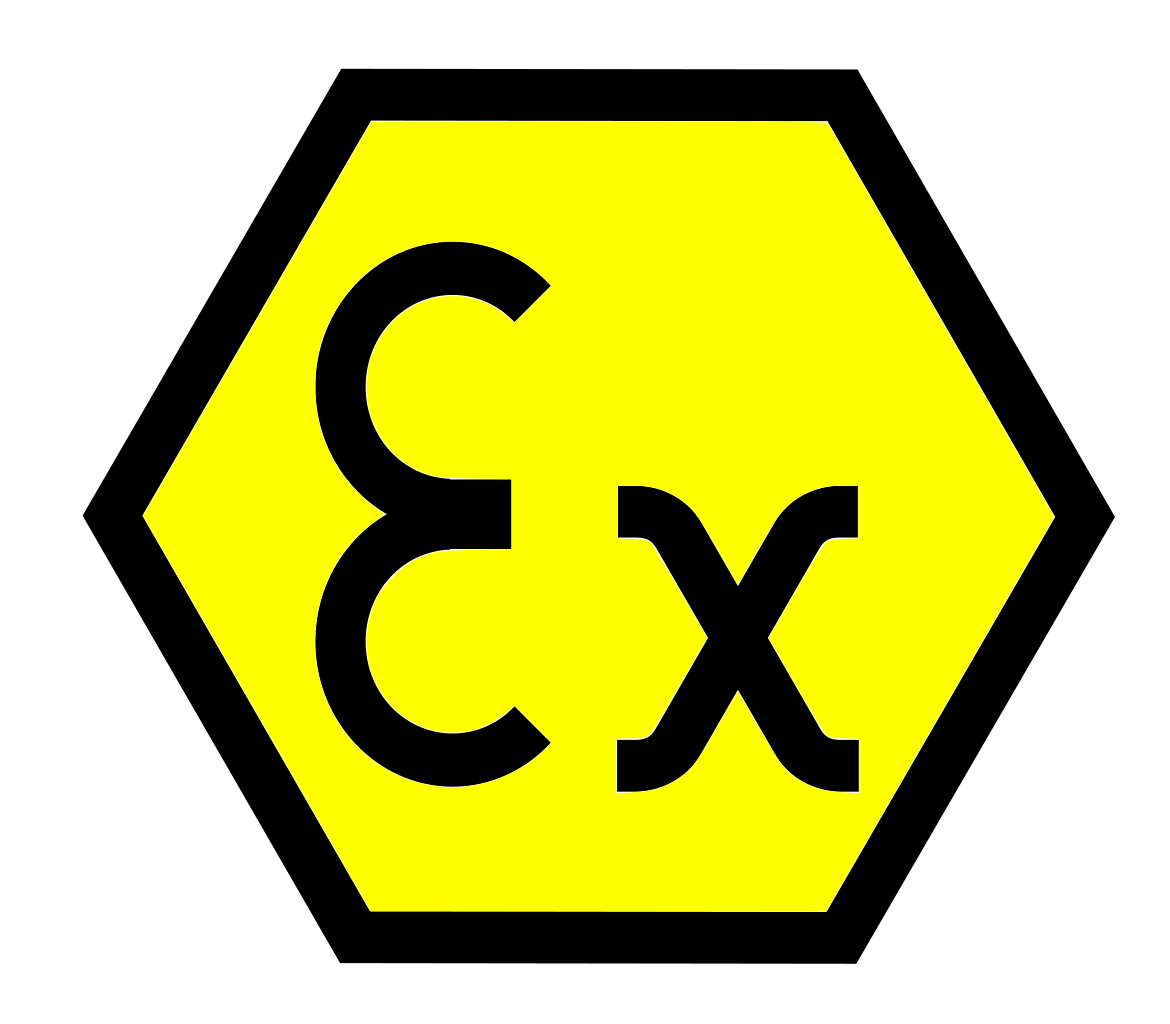Examine This Report about Roar Solutions
Examine This Report about Roar Solutions
Blog Article
8 Simple Techniques For Roar Solutions
Table of ContentsSome Known Details About Roar Solutions Unknown Facts About Roar SolutionsThe 4-Minute Rule for Roar Solutions
In such an atmosphere a fire or explosion is feasible when 3 fundamental conditions are met. This is commonly described as the "unsafe location" or "combustion" triangle. In order to secure setups from a prospective explosion a method of evaluating and identifying a possibly unsafe location is called for. The function of this is to make certain the correct option and installment of tools to eventually avoid a surge and to make sure security of life.
(https://sandbox.zenodo.org/records/174151)
No devices should be installed where the surface temperature of the tools is more than the ignition temperature level of the given risk. Below are some common dirt dangerous and their minimum ignition temperature. Coal Dust 380C 225C Polythene 420C (thaws) Methyl Cellulose 420C 320C Starch 460C 435C Flour 490C 340C Sugar 490C 460C Grain Dirt 510C 300C Phenolic Resin 530C > 450C Aluminium 590C > 450C PVC 700C > 450C Residue 810C 570C The possibility of the hazard existing in a focus high enough to trigger an ignition will differ from area to area.
In order to categorize this risk an installation is separated into areas of threat depending upon the quantity of time the hazardous exists. These areas are described as Areas. For gases and vapours and dirts and fibers there are three areas. Zone 0 Area 20 A dangerous ambience is very most likely to be existing and may be present for long periods of time (> 1000 hours annually) and even constantly Area 1 Zone 21 A harmful atmosphere is possible however unlikely to be existing for long periods of time (> 10 450 C [842 F] A category of T6 indicates the minimum ignition temperature level is > 85 C [185 F] Dangerous area electric devices possibly developed for use in higher ambient temperature levels. This would certainly showed on the rating plate e.g. EExe II C T3 Ta + 60C( This means at 60C ambient T3 will certainly not be exceeded) T1 T1, T2, T3, T4, T5, T6 T2 T2, T3, T4, T5, T6 T3 T3, T4, T5, T6 T4 T4, T5, T6 T5 T5, T6 T6 T6 A T Class ranking of T1 indicates the maximum surface area temperature produced by the instrument at 40 C is 450 C. Presuming the associated T Course and Temperature score for the equipment are ideal for the location, you can always make use of an instrument with a more rigorous Department score than needed for the location. There isn't a clear response to this inquiry however. It truly does depend upon the kind of devices and what repair work require to be lugged out. Devices with specific test treatments that can not be carried out in the area in order to achieve/maintain 3rd celebration rating. Should come back to the manufacturing facility if it is prior to the equipment's solution. Area Repair Service By Authorised Personnel: Complicated screening may not be required nevertheless certain treatments may require to be followed in order for the devices to preserve its 3rd party score. Authorized employees have to be employed to perform the job properly Repair work need to be a like for like substitute. New part have to be considered as a direct replacement requiring no special testing of the devices after the repair work is total. Each item of devices with a dangerous rating should be assessed independently. These are laid out at a high degree below, but also for even more detailed information, please refer directly to the guidelines.
Fascination About Roar Solutions
The devices register is a detailed database of devices documents that includes a minimum collection of fields to determine each item's place, technical criteria, Ex-spouse classification, age, and ecological information. This details is vital for tracking and handling the tools efficiently within unsafe areas. In comparison, for periodic or RBI sampling assessments, the grade will certainly be a mix of Comprehensive and Close inspections. The ratio of In-depth to Shut inspections will certainly be figured out by the Devices Risk, which is evaluated based on ignition threat (the probability of a source of ignition versus the probability of a combustible ambience )and the dangerous area category
( Area 0, 1, or 2). This variant will certainly likewise affect the resourcing demands for work preparation. As soon as Lots are defined, you can establish tasting strategies based upon the example size of each Lot, which refers to the variety of random equipment products to be evaluated. To determine the required sample size, 2 facets require to be assessed: the size of the Great deal and the group of evaluation, which indicates the level of effort that must be used( minimized, regular, or boosted )to the examination of the Whole lot. By incorporating the group of examination with the Whole lot dimension, you can after that establish the suitable rejection criteria for an example, meaning the allowed variety of malfunctioning products discovered within that sample. For more details on this procedure, please describe the Power Institute Standards. The IEC 60079 conventional recommends that the maximum period between assessments must not surpass 3 years. EEHA inspections will likewise be conducted beyond RBI projects as part of arranged upkeep and devices overhauls or fixings. These inspections can be attributed toward the RBI example dimensions within the affected Great deals. EEHA examinations are carried out to identify mistakes in electrical devices. A weighted racking up system is necessary, as a solitary piece of tools might have multiple mistakes, each with varying degrees of ignition danger. If the combined score of both evaluations is less than two times the mistake score, the Lot is considered acceptable. If the Great deal is still thought about undesirable, it must undertake a complete examination or validation, which may set off stricter inspection procedures. Accepted Lot: The root causes of any faults are identified. If a typical failure setting is found, extra equipment may call for examination and fixing. Faults are identified by intensity( Safety, Stability, House cleaning ), guaranteeing that urgent issues are examined and addressed without delay to minimize any effect on safety and security or operations. The EEHA data source should track and record the lifecycle of mistakes in addition to the restorative actions taken. Applying a durable Risk-Based Inspection( RBI )strategy is essential for making sure conformity and safety in managing Electrical Equipment in Hazardous Areas( EEHA) (eeha certificate). Automated Fault Scoring and Lifecycle Management: Effortlessly manage faults and track their lifecycle to enhance evaluation precision. The intro of this support for risk-based evaluation additionally strengthens Inspectivity's setting as a best-in-class solution for governing compliance, in addition to for any asset-centric examination use situation. If you are interested in finding out more, we invite you to request a presentation and find exactly how our option can change your EEHA administration processes.
Getting The Roar Solutions To Work

In terms of eruptive danger, a harmful area is a setting in which an explosive ambience exists (or may be anticipated to be present) in quantities that need special preventative measures for the building, installation and usage of equipment. eeha training. In this article we discover the difficulties encountered in the work environment, the threat control procedures, and the called for competencies to work safely
These substances can, in specific problems, form explosive environments and these can have major and terrible consequences. Most of us are acquainted with the fire triangle remove any one of the 3 aspects and the fire can not occur, yet what does this mean in the context of unsafe locations?
In most circumstances, we can do little concerning the degrees of oxygen airborne, yet Check This Out we can have significant influence on sources of ignition, for instance electric tools. Dangerous areas are documented on the harmful location classification illustration and are identified on-site by the triangular "EX" indicator. Right here, among various other key details, areas are split right into three types depending upon the risk, the likelihood and period that an explosive environment will exist; Area 0 or 20 is considered the most unsafe and Area 2 or 22 is regarded the least.
Report this page